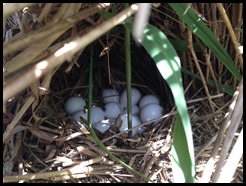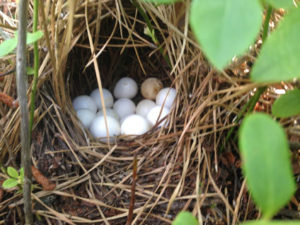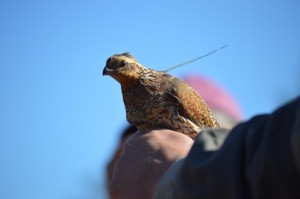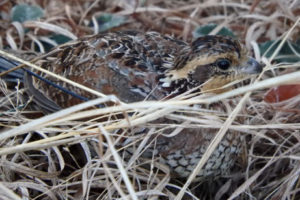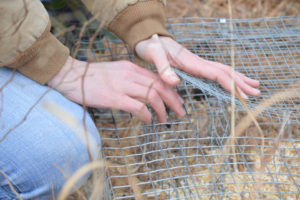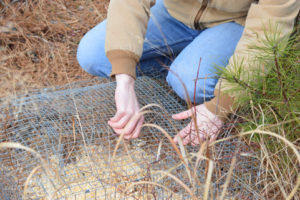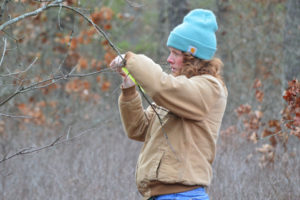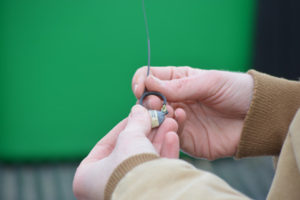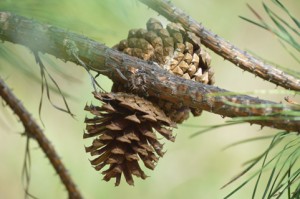In our last update from June on the quail translocation project, we were all very excited to hear about the first confirmed nest. Now there’s even better news from the forest – there are baby quail hatching again!
This may be the most successful stage yet for New Jersey Audubon’s Northern Bobwhite Restoration Project. A little background from the website:
New Jersey Audubon has been steadfastly working, with its project collaborators (Tall Timbers Research Station, the University of Delaware, Pine Island Cranberry Company, Pine Creek Forestry and the NJ Division of Fish and Wildlife) over the past three years to study translocation as a viable method of creating a sustainable wild population of Bobwhite Quail back in New Jersey. In wildlife conservation, the term ‘Translocation’ means the capture, transport and release/introduce a species from one area to another with the ultimate goals of species population persistence and resilience at the release area. In New Jersey the Northern Bobwhite Quail was once a common species, however it is now believed to be functionally extinct in the state, thus translocation offers an option to “jump-start” the species on the road to recovery in its former home in NJ.
“We’ve found 12 nests this year,” says John Parke, NJA Stewardship Project Director. “Of those dozen nests, five were depredated and three have hatched, with a total of forty chicks hatched so far. There are four nests still active that could hatch any day now.”
Some other fun facts from the project: 240 wild birds have been released since 2015, with 38 nests confirmed to date and 97 chicks confirmed hatched. This year makes the first time a male has successfully incubated a nest all the way through, as well as the first year for a double clutch. Even better, NJA has received approval for a fourth year release!
“Reproductive success is a critical component of the translocation project,” John says. “We are very excited to confirm the successful hatching of a double clutch nest, and a male successfully incubating to completion, because it reflects the quality of habitat on site that was achieved through the management. By performing active management on the land a balance of different cover types for nesting, brood rearing, and foraging allows for the translocated Bobwhite to take advantage of their naturally high reproductive potential.”
* Photos courtesy Phil Coppola

